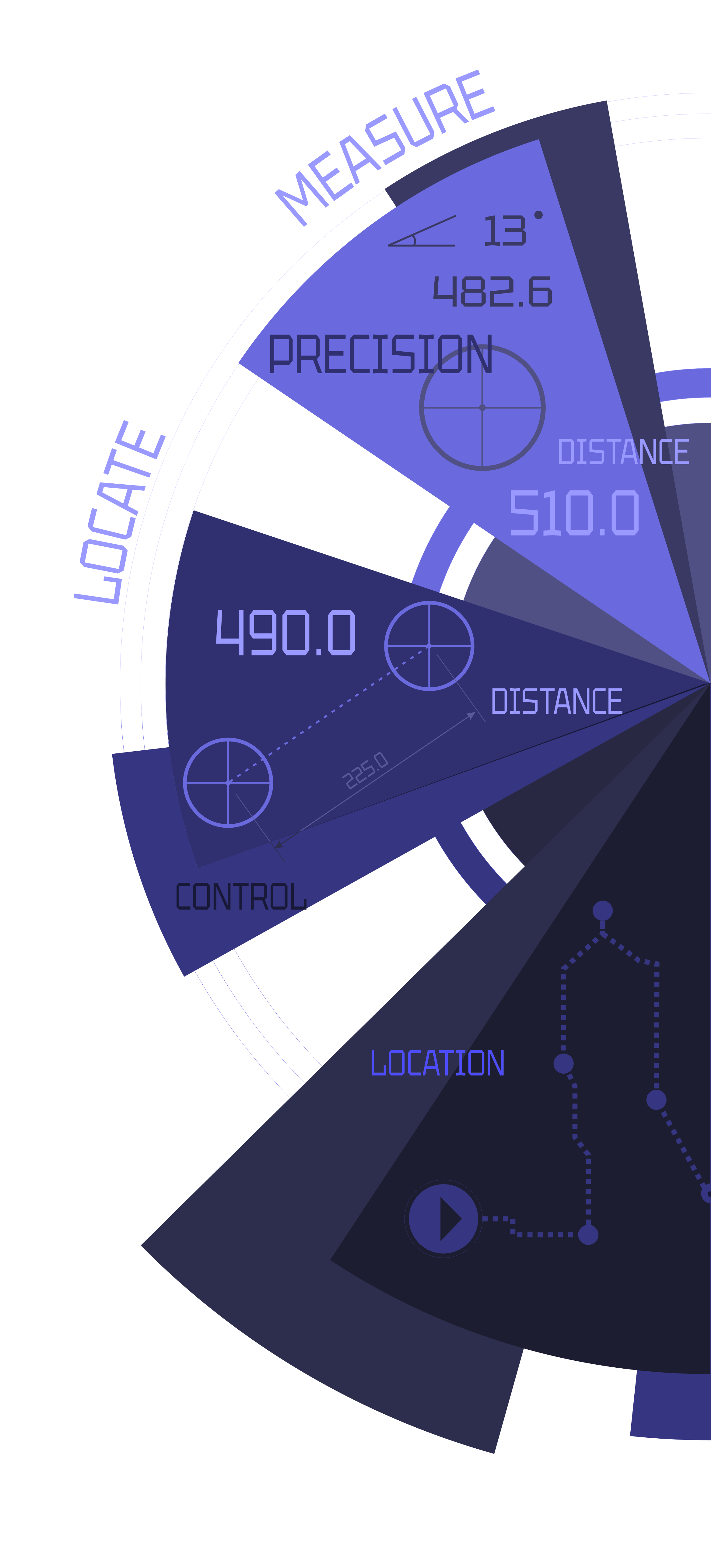XIMITY Labs offers a collection
of precise measurement tools
accessible at all times
XIMITY Labs offers a collection of precise measurement tools accessible at all times

Our mission is to enable users to measure physical objects effortlessly using standard smartphones and tablets, with no need for specialized hardware or advanced skills. This makes accurate data capture accessible in any setting.
· Accessible Measurement: Enable users to take precise, intuitive measurements directly on their mobile devices, without the need for specialized hardware or advanced technical skills. This approach makes measurement capabilities accessible to a broad audience, from professionals to casual users, allowing accurate data capture in any environment. Measurements can include distances, sizes, volumes, shapes, and object placement, adapting flexibly to varied real-world settings. The system is designed to simplify the measurement process, guiding individuals step-by-step to minimize errors and ensure reliable results. By democratizing measurement, people can accomplish tasks that once required complex tools or dedicated personnel, transforming smartphones and tablets into powerful, multipurpose measurement devices suitable for both everyday and professional applications.
· Actionable Data: Capture measurements in a format that is immediately useful or package them as metadata for integration with other systems. This allows users to interpret measurements on the spot for quick decisions, or to transfer the data seamlessly into various software platforms for deeper analysis, reporting, or visualization. By making measurements actionable, users can leverage the data in workflows ranging from basic record-keeping to advanced integrations with CAD, GIS, analytics, and enterprise systems, maximizing the value and utility of each measurement.
· Tagging and Annotation: Enable users to tag and annotate physical objects with measurements and metadata directly on their mobile devices, allowing for rich contextual information to be added without specialized tools. Tags and annotations can include details such as measurements, timestamps, locations, and custom notes, making it easy to document objects in real-time. This data can be stored locally or shared with team members and integrated into broader systems, supporting better collaboration and traceability. By making tagging and annotation accessible, users can efficiently track changes, add observations, or mark objects for future reference, creating a streamlined documentation process that enhances accuracy and usability.
